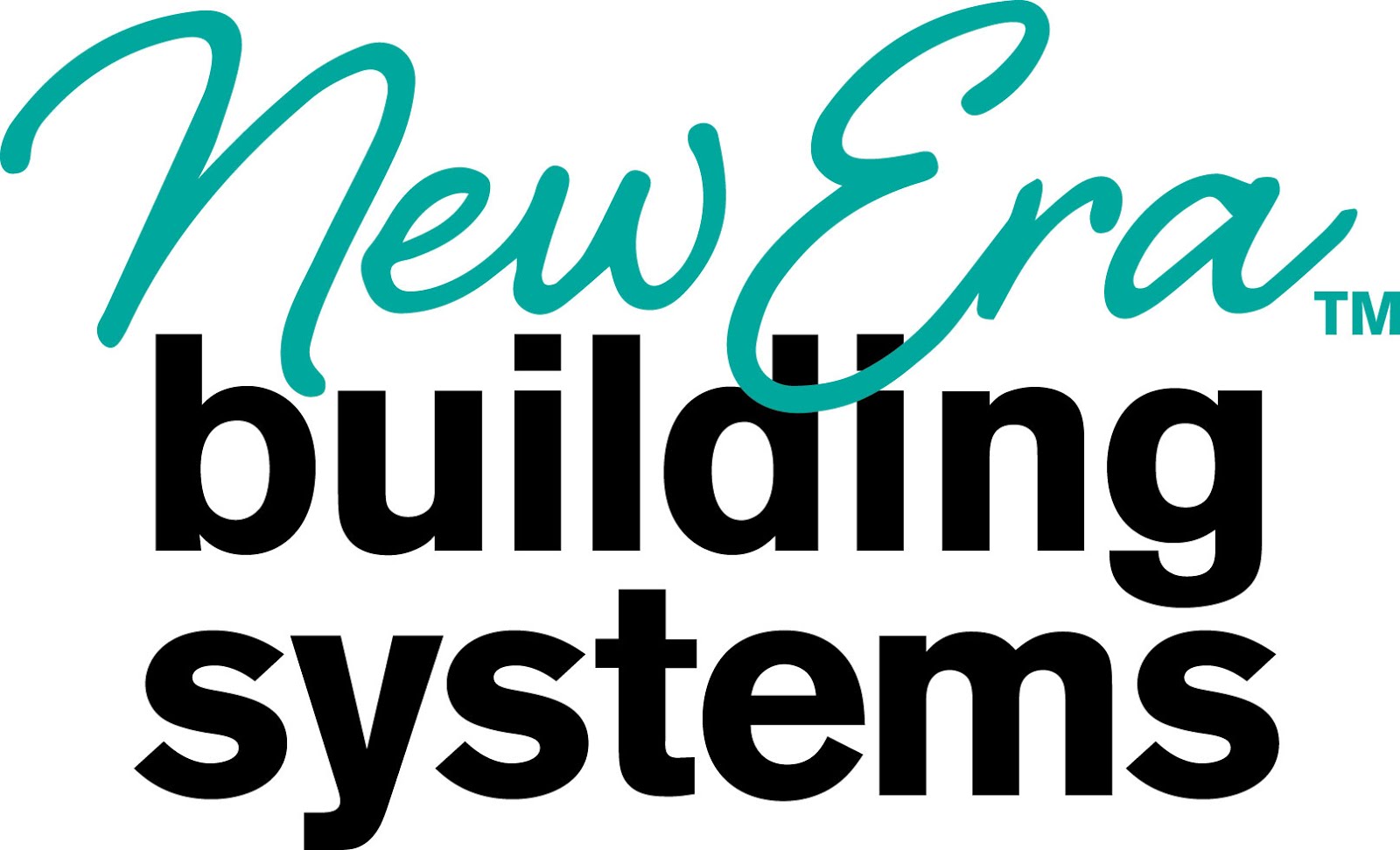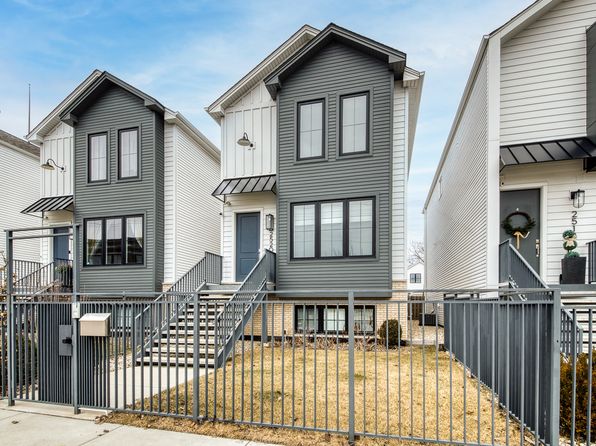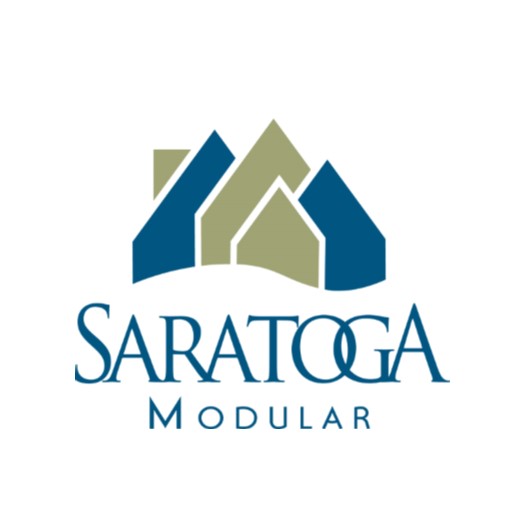With President Donald Trump now inaugurated for a second term, addressing the nation’s housing affordability crisis has become a focal point of his administration. While a federal overhaul of building codes—such as eliminating ICC/IRC standards and placing all single-family homes under HUD regulations—remains improbable due to significant legal, political, and industry challenges, the administration is poised to implement targeted reforms to stimulate housing development and reduce costs.

.
Expanding Federal Incentives for Factory-Built Housing
Factory-built homes, including modular, manufactured, and panelized constructions, offer a rapid and cost-effective solution to increase affordable housing stock. Recognizing this potential, President Trump has signed executive orders aimed at reducing regulations to lower housing costs. These orders direct federal agencies to identify and eliminate barriers hindering the development and financing of factory-built housing. The administration is also exploring the expansion of HUD-backed financing programs and broadening FHA and VA loan eligibility to better support modern offsite-built homes. Additionally, tax incentives for developers utilizing modular and manufactured housing in affordable housing projects are under consideration.
Source: Investopedia
Advocating for Zoning Reform to Override Local Restrictions
Local zoning laws often impede the development of affordable housing by enforcing restrictive policies. The Trump administration is leveraging federal influence to encourage zoning reforms that promote denser, more affordable housing. By tying federal infrastructure funding to the adoption of inclusive zoning practices, the administration aims to incentivize states and municipalities to eliminate exclusionary zoning laws. This strategy seeks to balance federal objectives with local governance, promoting housing development without direct federal mandates.
Source: Center for Energy Innovation
Conditioning Federal Funding on Relaxed Housing Regulations
In an effort to reduce housing costs, President Trump has issued executive orders directing agencies to deliver emergency price relief by targeting housing regulations. These orders mandate a review of existing policies to identify and amend regulations that unnecessarily increase construction costs. By making HUD funding contingent on state and local governments’ efforts to relax burdensome housing regulations, the administration aims to expedite development and address the housing shortage.
Source: Investopedia
Encouraging State-Level Adoption of Flexible Building Codes
While maintaining safety standards, the administration is promoting the adoption of building codes that facilitate faster and more affordable construction. Through federal block grants and tax incentives, states are encouraged to modernize their building regulations, making it easier to implement factory-built housing solutions. This approach respects state autonomy while fostering an environment conducive to addressing the national housing crisis.
Source: Center for Energy Innovation
In summary, President Trump’s second term is marked by a commitment to addressing housing affordability through strategic deregulation, incentivizing innovative construction methods, and promoting zoning reforms. These initiatives aim to reduce costs and increase the availability of affordable housing across the nation.
.
Gary Fleisher, The Modcoach, writes about the modular and offsite construction industry at Modular Home Source.
.
CLICK HERE to read the latest edition
Contact Gary Fleisher













 Hudson Valley Homes
Hudson Valley Homes

